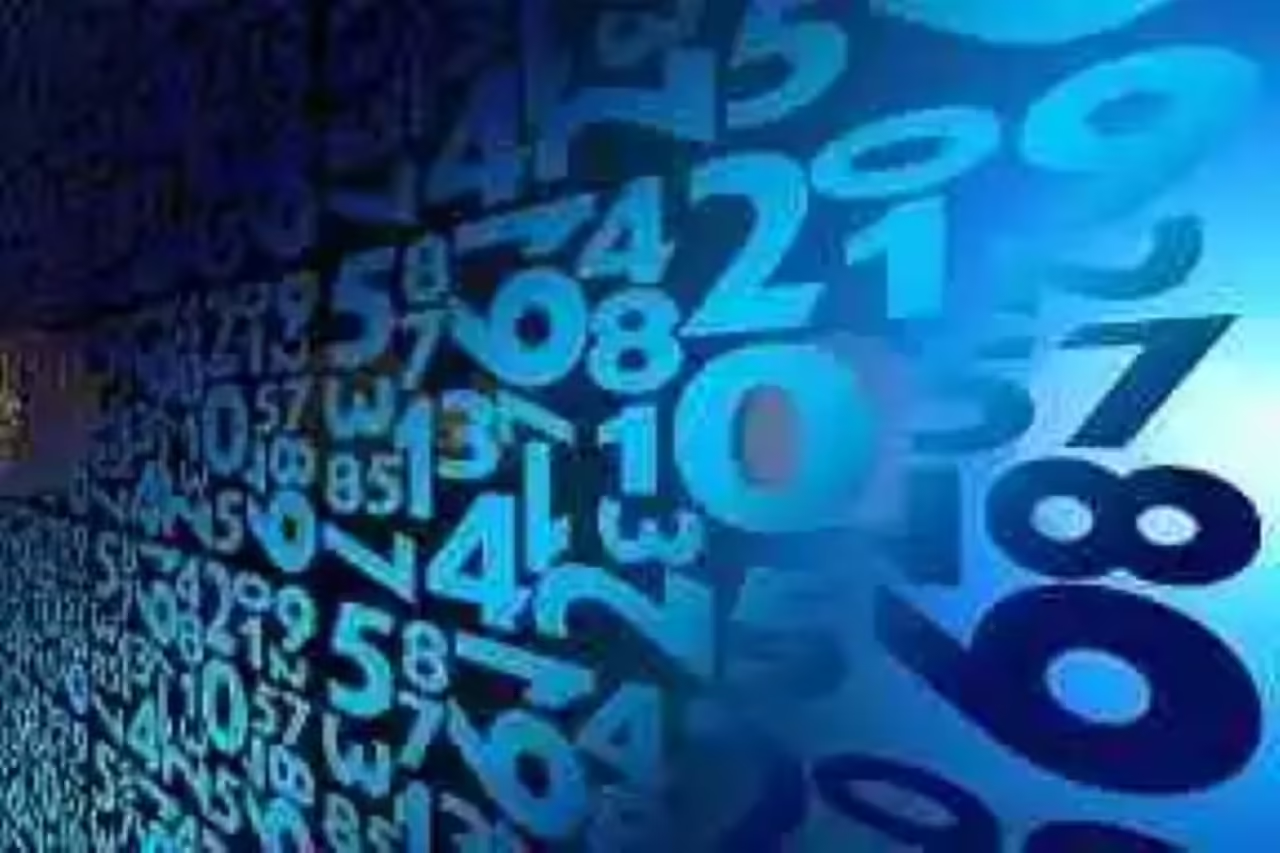Key means the sign used in musical scores to indicate the height or pitch at which a piece should be performed. Placed on a specific line or space on the staff, it indicates the scale at which the music will be played, as well as the name of the notes, which will take their value according to the key and site of the staff it occupies.
A fundamental aspect of music
Within these types of signs are distinguished three types of key: sun, F and C. All must be located at the beginning of the work, and are also located before the armor and the compass. Similarly, the key must appear at the beginning of the first bar of each of the staves that make up the part, without this indicating that it cannot be changed throughout the work, according to the registration needs of the work.
This time we will describe and see the different types that the Sun Key has. To begin with, it should be noted that the symbol representing this key, which is one of the best known, comes from a stylized version of the letter G, which is the value that the sun note has in the alphabetical musical notation. It is formed by a spiral that evokes a G, which is attached to an S, resulting in the stylized figure we know by Sun Key.
This musical sign represents the note sol4 or G4, that is, represents the note that is located, on the piano, four white keys to the right of the central C. He is often used to represent high-pitched sounds, topping most of the flute scores, the right hand of the piano, the oboe, the violin, and in choral register the voices of Soprano and Contralto.
Within the Sun Key, there are two types or expressions of this one: the sun key in the second and the sun key in the second, even though the latter has fallen into disuse, leaving only the Sun Key in second.
Sun key in second: it gets its name from the location within the staff, as the beginning of its inner spiral begins or part of the second line of the staff (whose lines in music are counted from the bottom up). In this way the immediate note lower than the sun key in second, located in the first space of the staff will correspond to the note Fa (or F if we use the alphabetic musical notation) while the immediate upper space will be designated for note A (or A in notation alphabetical musical).
From then on, the rest of the notes will be named, both below and above the Sun Key, coinciding in the second line of the staff with the sun note. This key is the most used today, while being the first to be taught to music learners.
Sun key in first: currently in disuse, was located on the first line of the staff, which from that moment took the value of sun, revoting the immediate lower space for F (F) and the immediate upper space for La (A). Known today also as “French key” or “violin key” it was used specifically for the scores of this instrument, for the possibility it offered to represent even more high-pitched sounds.
Today it isn´t used or insatiated, despite having been quite common during the seventeenth and eighteenth centuries in Europe. Currently, the designation of notes starting from this key coincides with those indicated by the F Key in fourth, only that the record that provides the sun key in the first corresponds to a much sharper thesis.
Image Source: exdya.com / condecorando.es








